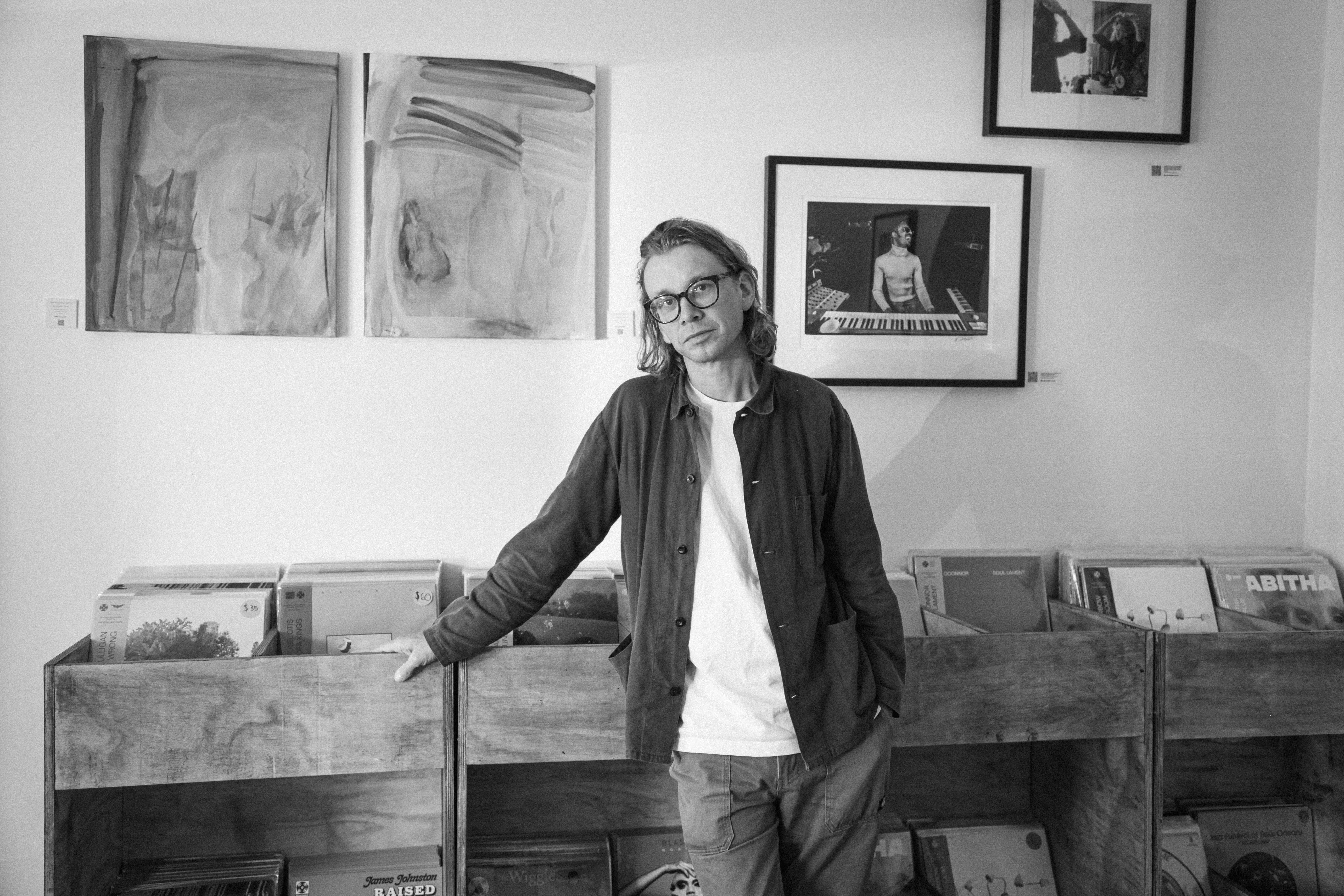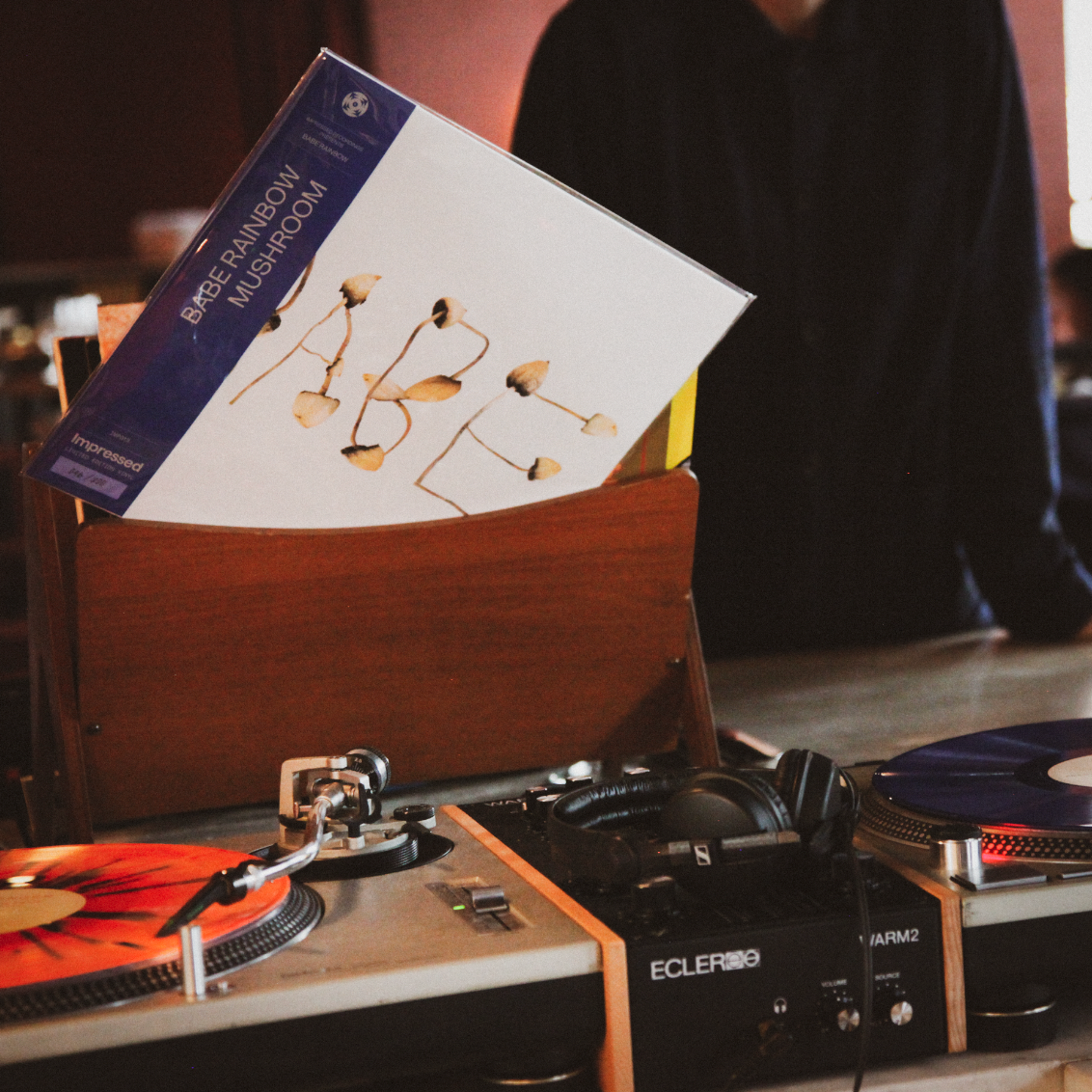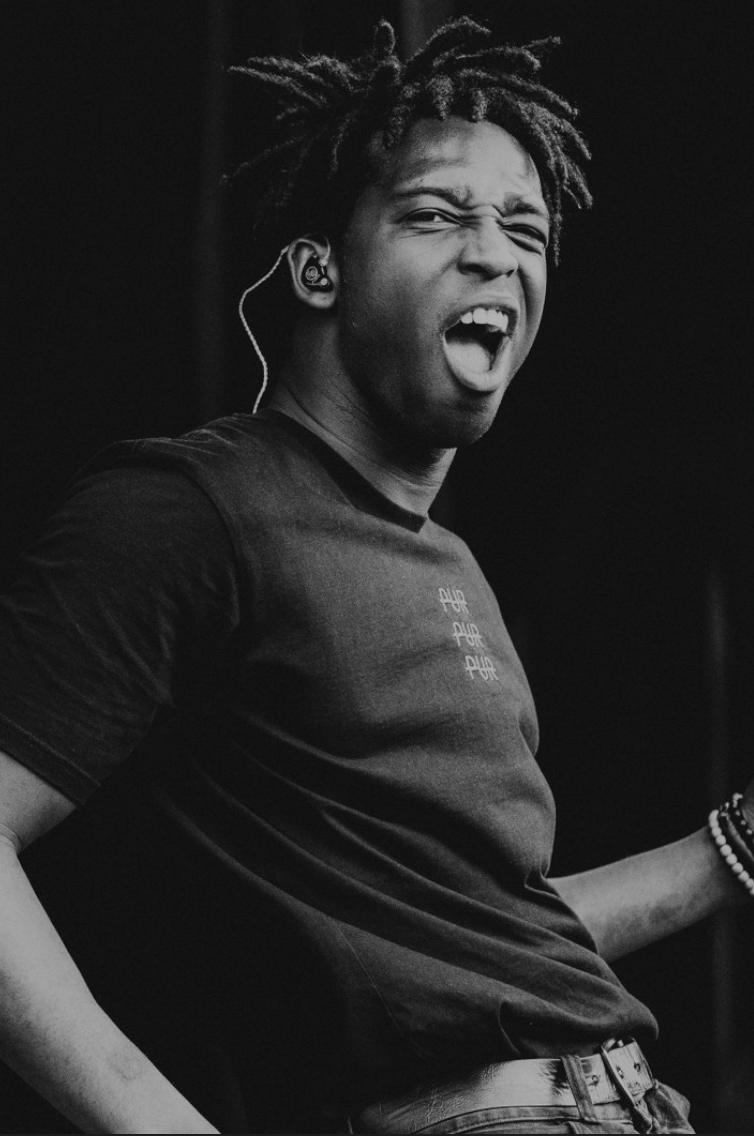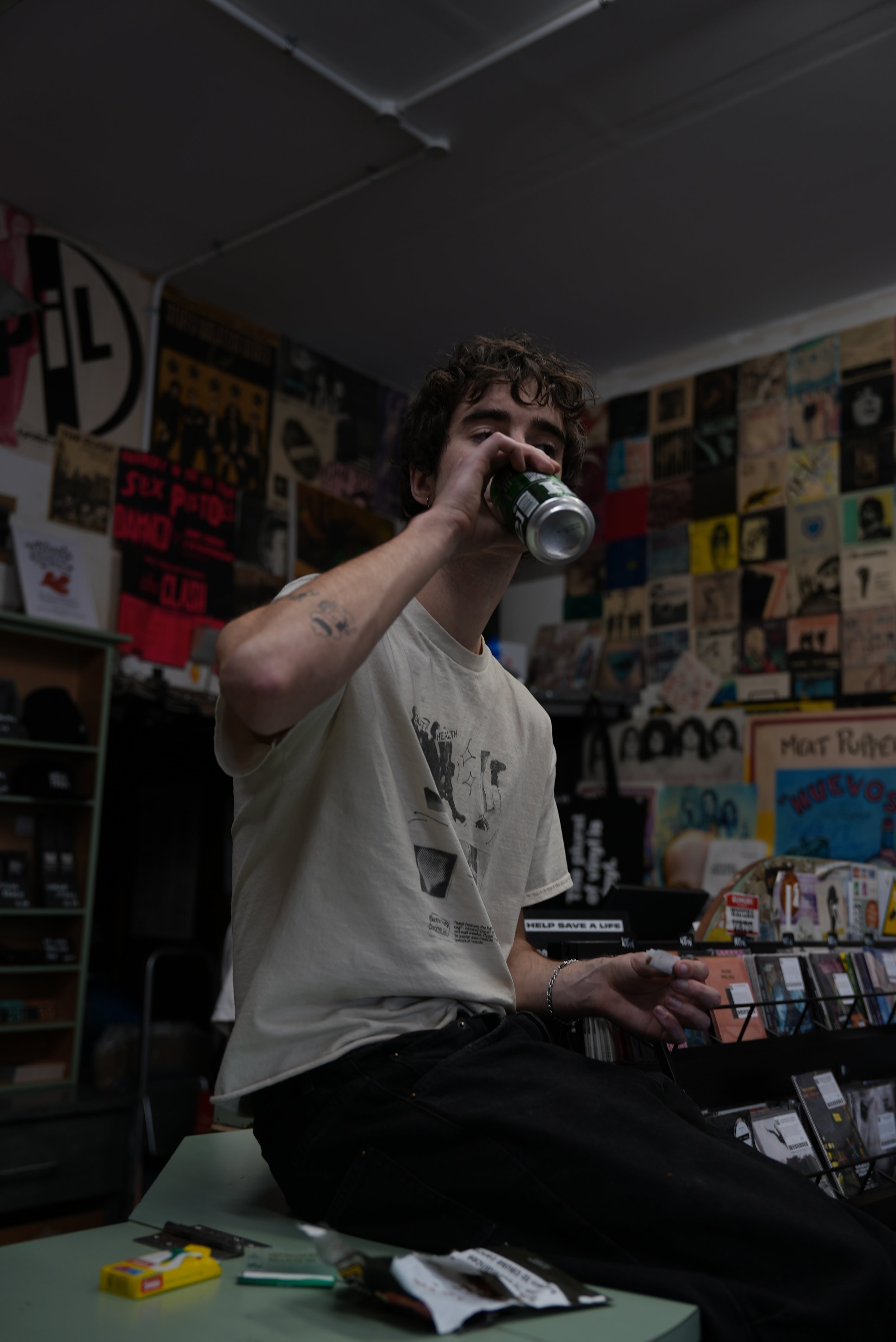The face and sound of hip hop in Australia has undergone multiple makeovers and periods of rejuvenation in the last decade.The genre is no longer moving forward with a predictable, homogenous gait, with spaces at the table largely dominated by the same sets of cultural influences.
Instead, a wave of artists emboldened by unique threads of sonic and lyrical inspiration, in a way their predecessors perhaps weren’t encouraged to be previously, have begun redefining what impactful hip hop could look like coming out of Australia.
As a fan, this transition was exciting to witness. Symphonies of vibrant ideas formed new foundations of success for new artists as hip-hop fused with adjacent genres, like jazz, R&B, soul, and others. The rhythms of different cultural bloodlines were woven together with contemporary ideas that stemmed from lived experiences and growing up against a backdrop of a changing social climate.
Part of that early vanguard of musical change was Canberra-based artist Citizen Kay, born Kojo Owusu-Ansah.
It was around 2014 that his music started being put in front of me; his name was one that colleagues and friends kept bringing up as one I needed to be aware of. At first, I was intrigued because I didn’t know many rappers who called our nation’s capital home, let alone artists of colour that had forged a pathway of their own out of that part of the country.
Everything clicked after I spent time with Citizen Kay’s debut album We The People (2015). I saw him as easily one of the most intelligent music minds in Australian hip hop at that moment – but the culture wasn’t ready for the personal and creative boundaries he was set to push. Arriving at a time where the wheels of change in the Australian scene had only just started turning, Citizen Kay always stood out to me as being ahead of the curve.
His cadence was effortlessly smooth and his ear for beat patterns and arrangements sophisticated and evocative.The vision was clear with each Citizen Kay project, and that’s what I loved about him back then. His was
a young voice that wasn’t afraid to be critical of those around him yet at the same time, it had a confidence in its ability to dive into soulful, striking moments of vulnerability.
It has been a privilege to watch Citizen Kay’s evolution in the years that have followed; especially to see how it has manifested in new works, both for other artists as a writer and producer and here, with his long-awaited third album: so, where are we?
The 12-track concept piece is made to be listened from top to bottom in one experience – I urge you to give it this respect and time.
At its core, so, where are we? reimagines the idea of generational knowledge and cycles. Citizen Kay muses “What if after we die, we discover we’re simply the next iteration of some greater being that came before us?”.
Within the narrative of so, where are we? an unnamed protagonist chases the voice of an “all-knowing Entity” – a being who holds the answer to every question imaginable.Where at the beginning of the album, the protagonist believes he already knows all the universe’s answers himself, the heart of his journey is in realising that the deeper he goes in seeking out this Entity, he may not have all the answers at all.
As a result, ego falls away to allow for clarity and free-thinking. An existential concept for sure, but the album explores the various ways it can manifest. With its finger firmly on a clear musical pulse, the album is given space to breathe and ruminate.
Hip hop and jazz trickle into moments of funk, pop and alternative subgenres. As the narrative around the record’s protagonist explores different moments of lyrical nuance and discovery,so too does the music bend and weave around each tonal shift.
There is the insatiable groove of ‘you know what you’re doin’, which leads into the warm embrace of a song like ‘running through your head’; moments that position Citizen Kay in the same lane as international peers like Sault, Thundercat or Lucky Daye.
Switch gears and melt into the psychedelic bends of album closer ‘see your face’ – a track that could feel at home on Outkast’s Aquemini as it could on Khruangbin’s Texas Moon project.
A beautiful blend of sounds that demonstrate maturity and a gleeful free- dive into themes of evolution, fulfilment and self-discovery at the end of an ongoing journey, this album is Citizen Kay redefining himself as an artist and a multi-dimensional human.
In short: it’s the album I have been waiting for Kojo to create.
And now it is here. I’m so glad he took his time with it, letting it flourish into the diverse and textured piece it is.





